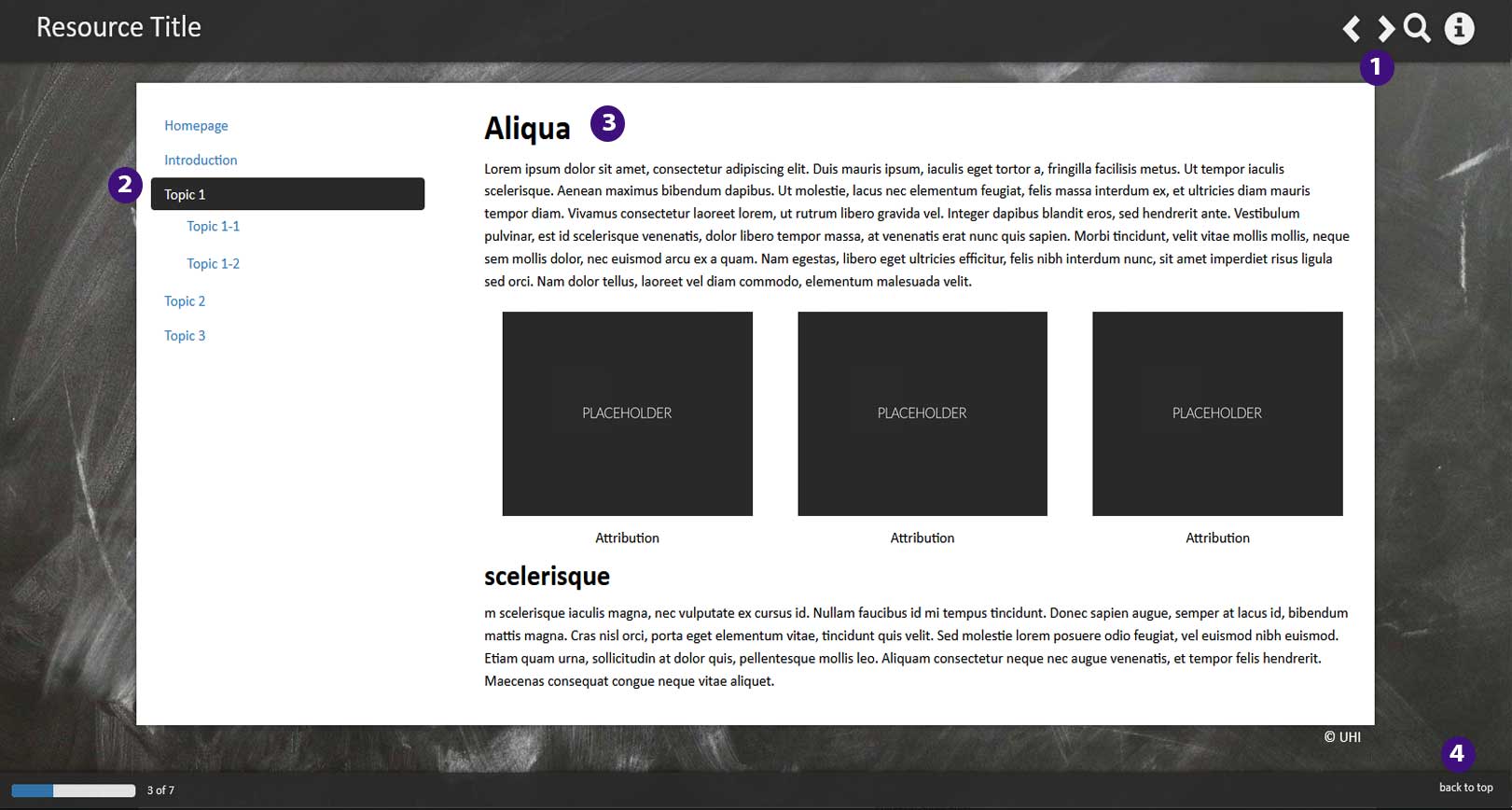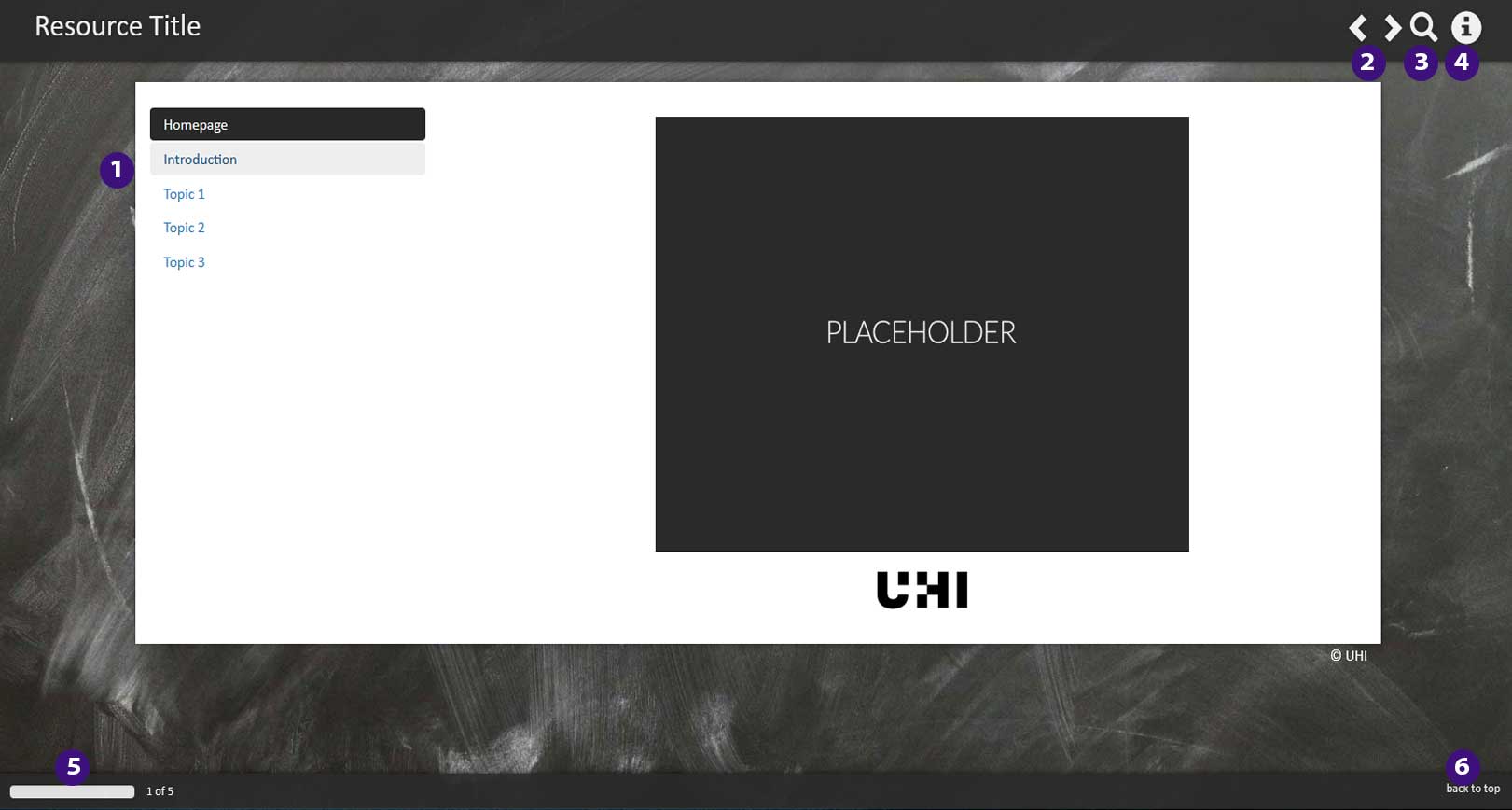Effective reading
Objectives
By the time you have completed this section of essential student skills you should be able to:
- Explain the nature of reading for academic purposes
- List the different ways of reading
- Employ active reading strategies
Some of the content of this section has been adapted with permission from UHI, 2010, BA Golf Management: Learning to Learn, [online]


Why read?
We read things in different ways because we are always reading for different purposes. In general, we do not read something without first having reason to do so. For example:
- We read posters because they catch our eye and awake our interest.
- We read newspapers for various reasons, from finding out the political situation of the day to seeing what's on TV.
- We read for academic purposes to prepare for an essay, to gain an insight into different authors' opinions, or to help us understand a subject.
Traditionally, many people felt that the only way to read a book or an article was to begin at the beginning and to work solidly through to the end. Now, with the impact of the internet, many people feel that it is acceptable to search for ‘key words’ in a text and then read a couple of sentences around them.
Both these approaches are limited – and of little use academically. Effective reading is concerned with meaning, not just the simple understanding of the words on the page.

Are there different ways of reading?
There are three main ways of reading:
Scanning and skimming can be done very quickly but reading in depth requires more time and concentration. It has been shown that students who adopt a ‘deep reading’ approach tend to be more interested in their work, tend to study for longer periods and often do better in exams. This is because they are not repeating material they have not understood but are engaged in the in-depth understanding of what they are writing down.
To be an effective reader you will need to use a mixture of the above techniques; varying the type of reading you employ, and the speed at which you do it. You should be able to change your style depending on what you are trying to achieve:
- remember facts
- gain greater awareness of your topic
- pick up ideas for your assessments
- understand the author’s point of view
What should I read?
Often, the best place to start is your reading list. Sometimes these can be extensive, and others contain just a couple of essential texts. If you need more ideas about what you should be reading ask your tutors.
Another good place to look is in bibliographies, particularly those in set texts. Remember that UHI has an online library catalogue which you can use to search for publications by subject or by author. Do not be put off if a title you require is not available. A hold can be placed on the book and you will be notified by the library when it is available.
If you are unsure whether or not a particular text will be useful, try using the following approach:
- Decide on what you are looking for from the text.
- Look at the contents page, the preface, the introduction, and the index - do any of the chapters/pages seem relevant?
- Skim read the first and last paragraphs of the chapters or pages you have selected.
- Decide if these chapters or pages really are relevant and worth reading.
Once you have done this, you will have a much better idea of the content of the text you are considering. This demonstrates that although a whole book may be recommended by a lecturer or on a reading list, you can be selective in your choice of which parts to read. Indeed, if you are not selective you may well find yourself totally snowed-under with reading.

Before you start reading
Give yourself time and space
People often underestimate the amount of time they will need to spend reading, especially when preparing for an essay or assignment. If you rush your reading, you will not get as much out of it as you could. Try to find somewhere quiet with few distractions. Don’t start reading something new when you are tired; you will either take very little in, or you will fall asleep.
Think about your reasons for reading the text
This will shape the way you read e.g. quickly or slowly, looking for fact or opinion. For example, you may want background information, or detailed information on the subject; you may be preparing for a discussion in class or an essay.

Be an active reader
A great advantage of the SQ3R approach is that it encourages you to be an active reader; you have to think as well as read. By deciding on questions you want the text to answer, you are more alert whilst reading the text. This can help to stop your mind wandering onto other subjects, such as what you will be having for dinner!
- If you are looking for specific information, read the part where you think the information will be.
- If you want a general idea of the whole text, read the whole text.
Close the text. Then write down in one or two sentences:
- What you think the main ideas are
- What the subsidiary ideas are
- The answers to your questions
Read the text a second time, more thoroughly. Check what you have written and revise if necessary.
Pull all of the ideas together in notes taking care to note down bibliographic information so you reference properly.
Evaluate what you have read: How does it fit into what you already think and know? If there are opinions, do you agree or disagree with them?
Make a list of the new words which you think will be useful for you in the future. This is very important if you are studying a subject for the first time and it uses unfamiliar language.
This approach can be helpful, but will not suit everyone. Some people like to take notes as they read, rather than wait until they have finished reading. Whichever approach you take, make sure you’re actively engaging with the text and not just letting the words pass you by.
Download and save the SQ3R checklist
This SQ3R checklist takes you through each of the stages of the SQ3R method. It will be a valuable resource to download and use throughout your study.
Making an effort with reading
There are times when reading texts might be a struggle. If you are having difficulties understanding a passage, go back, read it again, and again, and again if necessary. Do not feel there is something wrong with you if you can’t ‘get it’ first time; remember that all of us have at some time wrestled with ideas we can’t quite grasp. This is the essence of learning. Take time to read texts thoroughly until you fully understand their content.
Unfamiliar vocabulary
- Try to work out the meaning using word function, context (immediate and wider) and word form
- Use a dictionary to check your understanding
- Ask another student, or your tutor
Difficult sentences
- Divide the sentences where there are conjunctions or other markers.
- Underline reference words. To what do they refer?
- Identify complex phrases and expand them so that they are easy to understand
- Find the subjects, verbs and objects which go together, and, if necessary, write the whole sentence out in several different ways (using your own words) to show the meaning.

‘reading chair’ by Brit from Flickr, used under an Attribution-NonCommercial-NoDerives 2.0 Generic Creative Commons license.
Taking notes
Taking notes from your reading helps you remember what you have read and gives you a record for future reference. Good notes can save you from having to read the text again, and can be used to complement lecture notes and provide material for essays.
The physical act of taking notes also keeps you alert, and should make you think about what you are reading. There is no one best way of taking notes, but the following should be of use:
- Always note the reference for the text. Include the author's name, date of publication, the title, place of publication and publisher. This will help should you decide to use the reference later.
- Put notes into your own words rather than copying from the text. This will make you think, and help you to understand what you are reading. It will also help to prevent plagiarism when writing an assignment.
- Summarise the text and remark on your notes as you make them. Write down any questions the text raises in your mind, or jot down references to the texts or lectures.
- Take relevant quotations. Always be sure to put quotation marks around them, and note the page of the text you have taken them from.
- Annotate the text using highlighters, notes in the margins, underlining etc. but only if the book belongs to you.

Try to remember that you are reading to understand, rather than to simply remember. Your notes should be just that - notes. You can always go back to the text at a later date if you want to remind yourself of the details.
Conclusion
In this section you have learned about the different ways of reading and how reading for academic purposes is a distinct way of reading. We have also looked at some active reading strategies that you can employ throughout your studies.
OED Word of the Day
Increase your vocabulary by signing up for Oxford English Dictionary’s Word of the day.
Some of the content of this section has been adapted with permission from BA Golf Management: Learning to Learn (UHI 2010)

(Click to enlarge)











